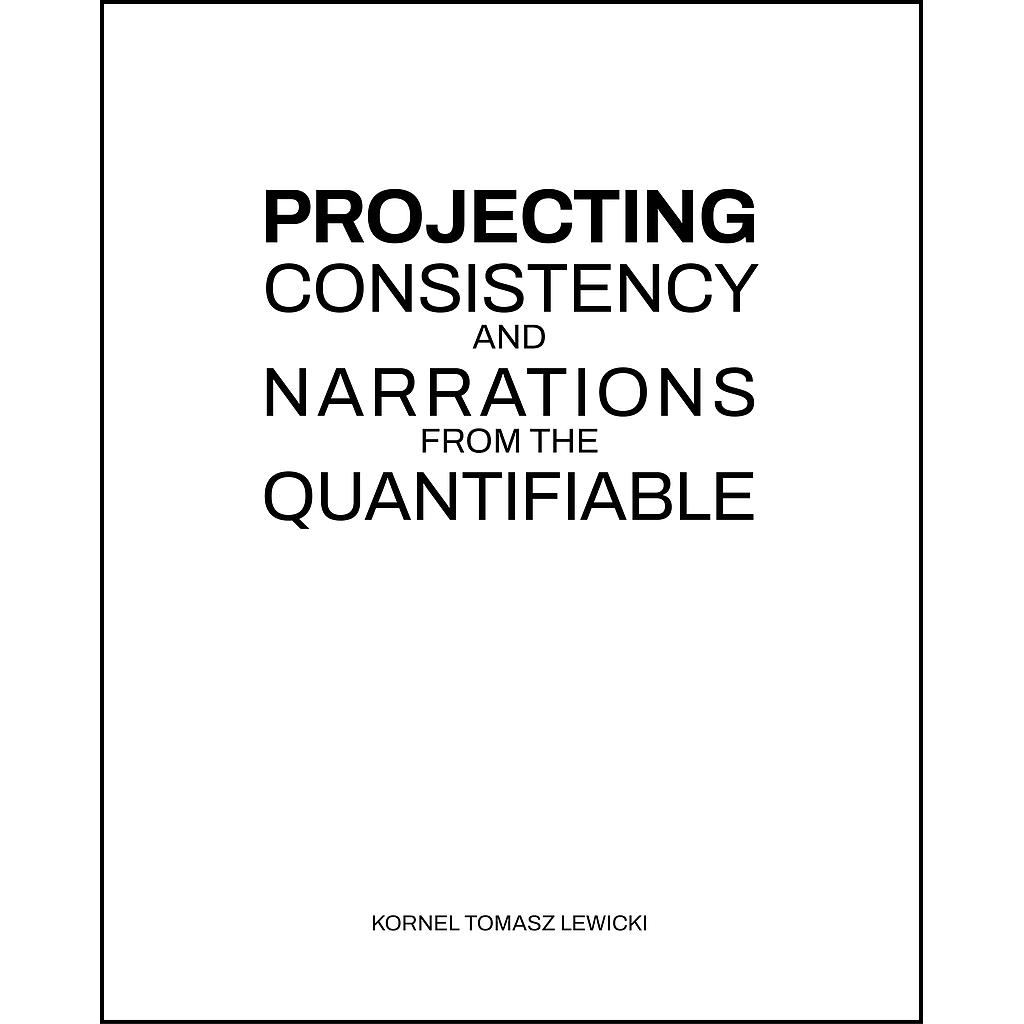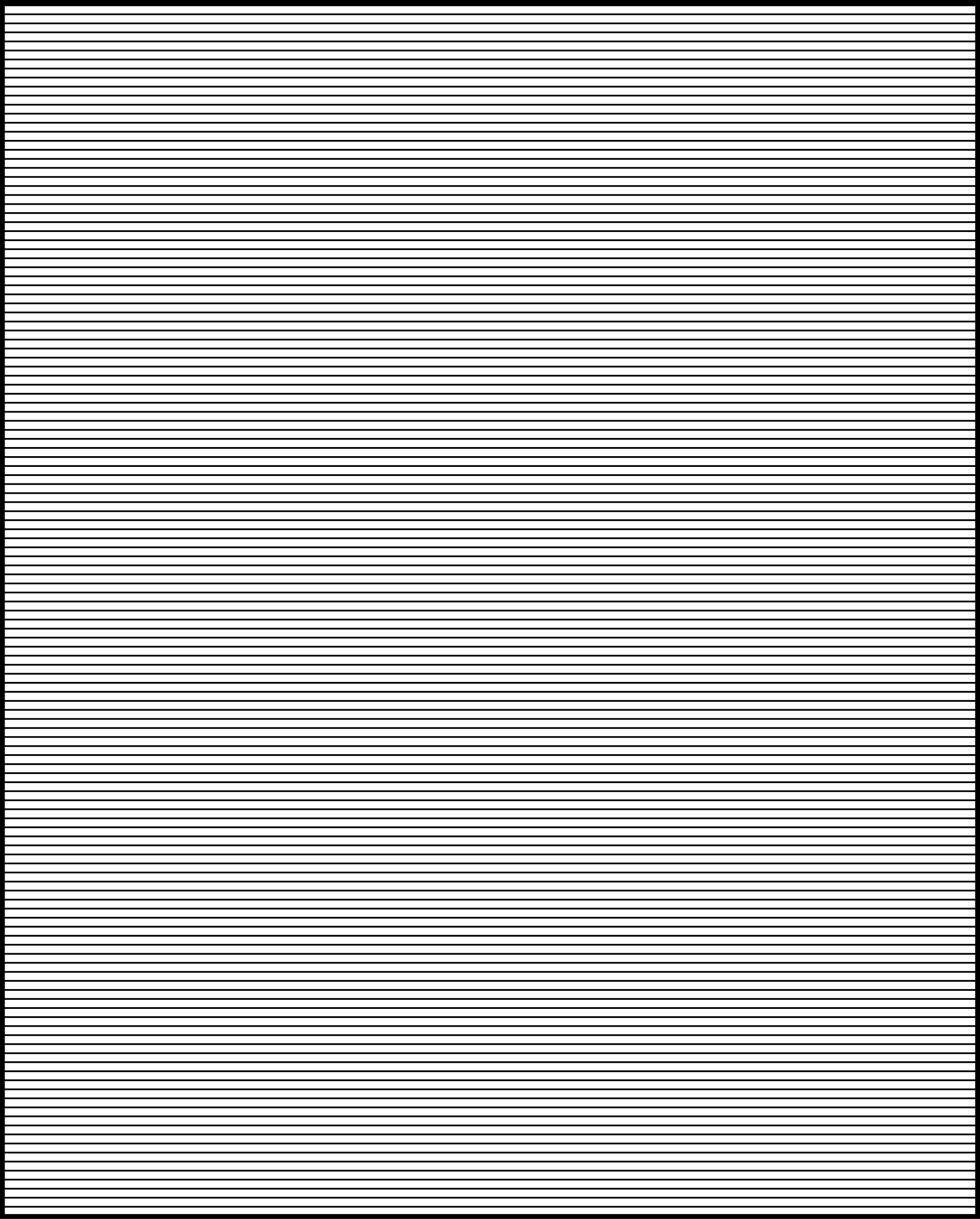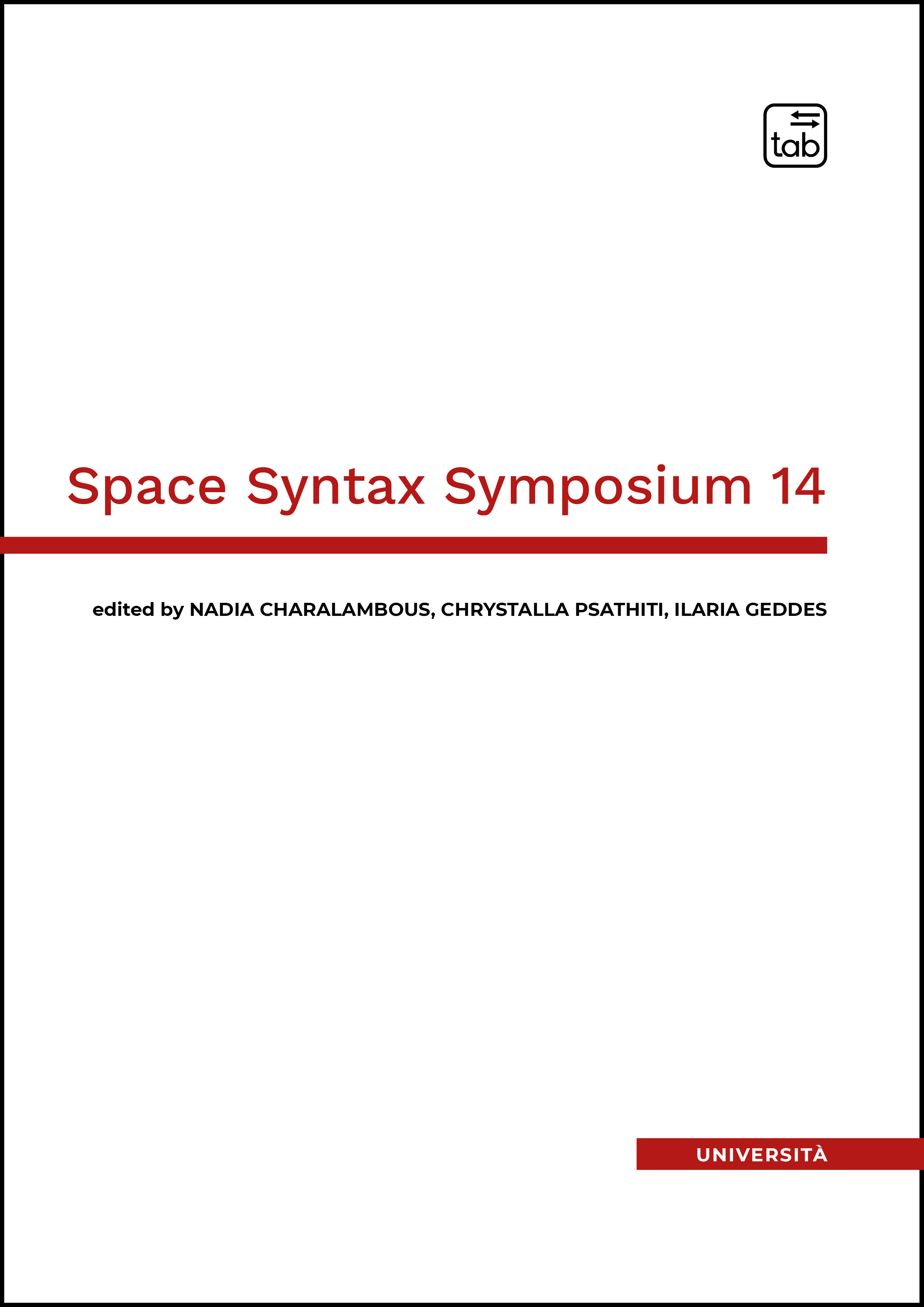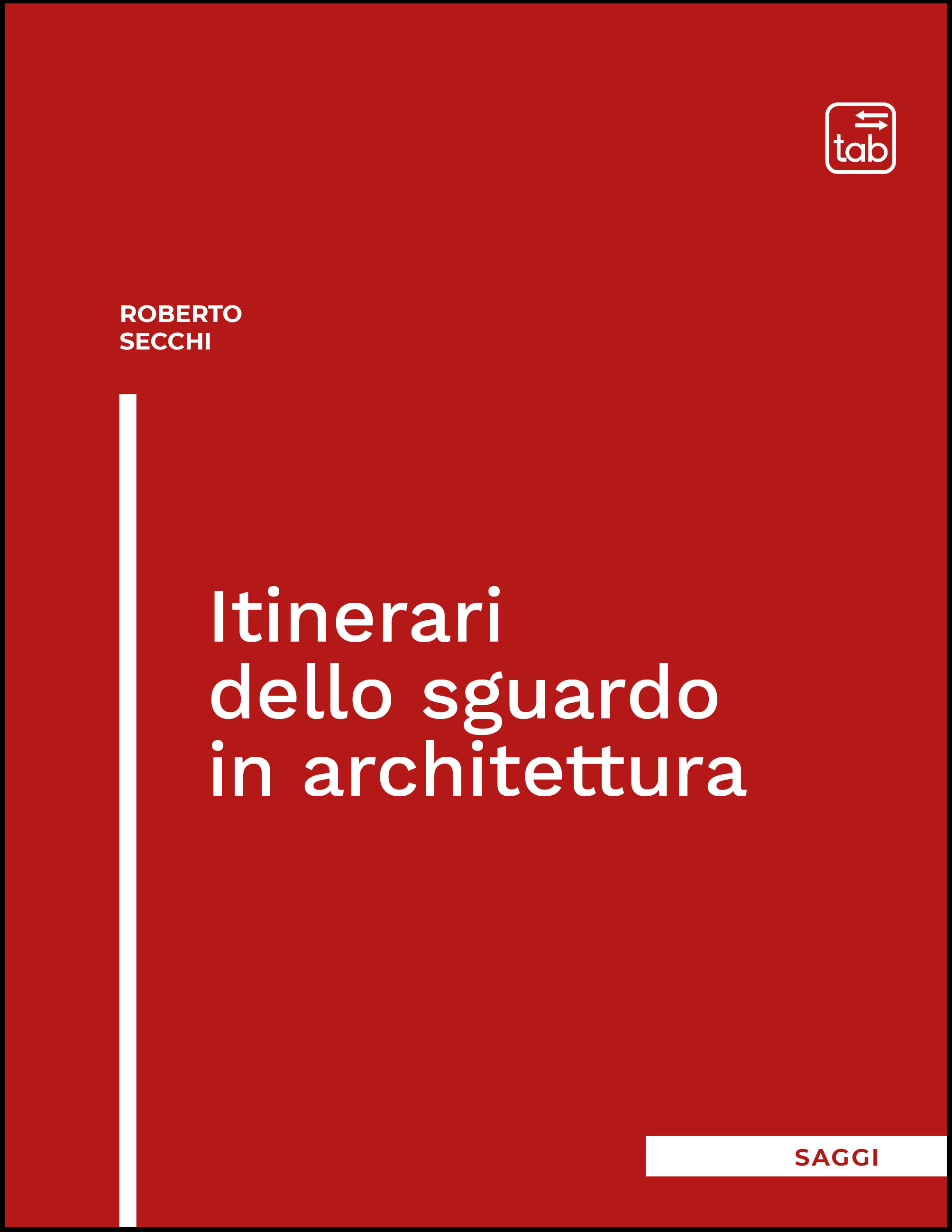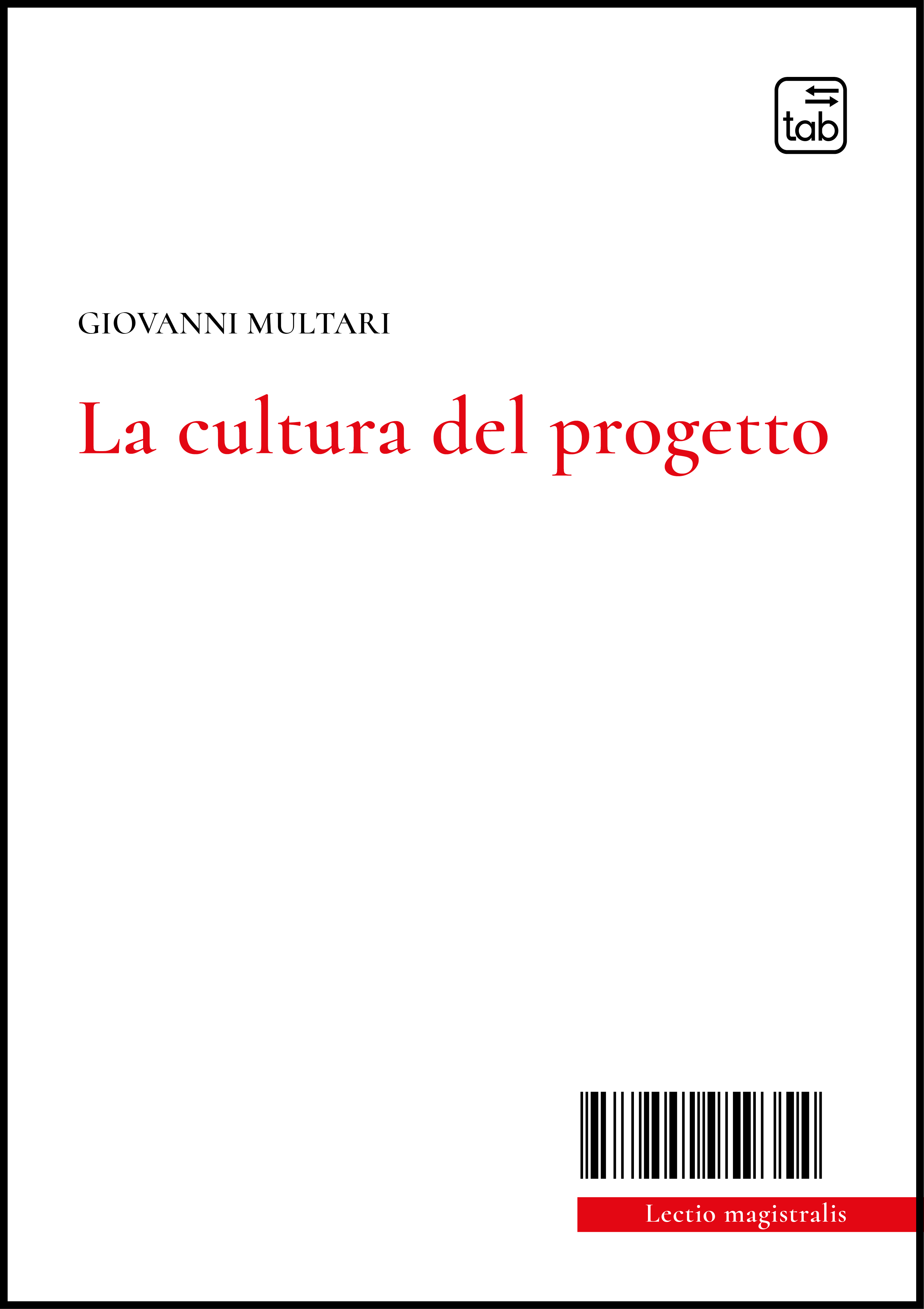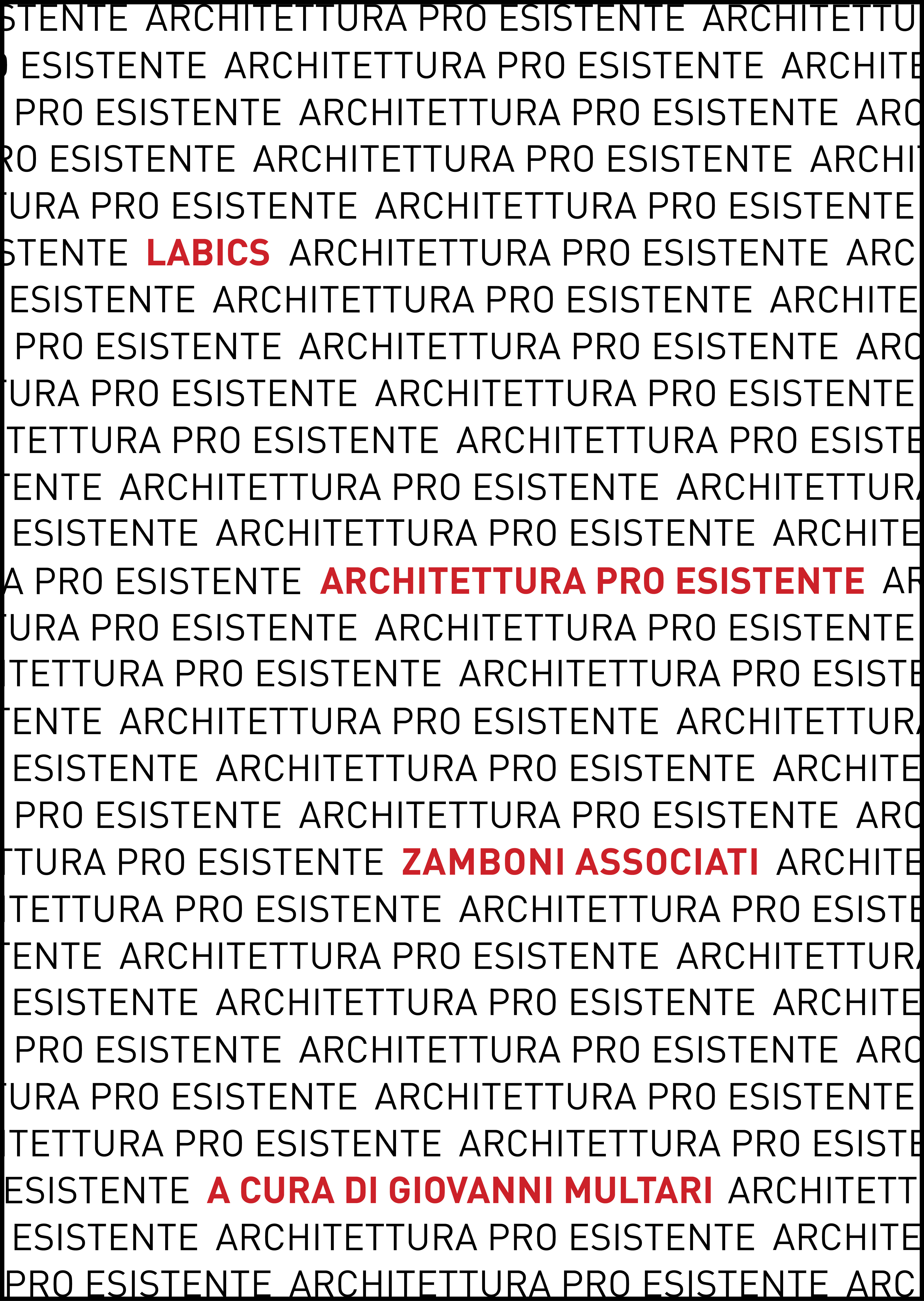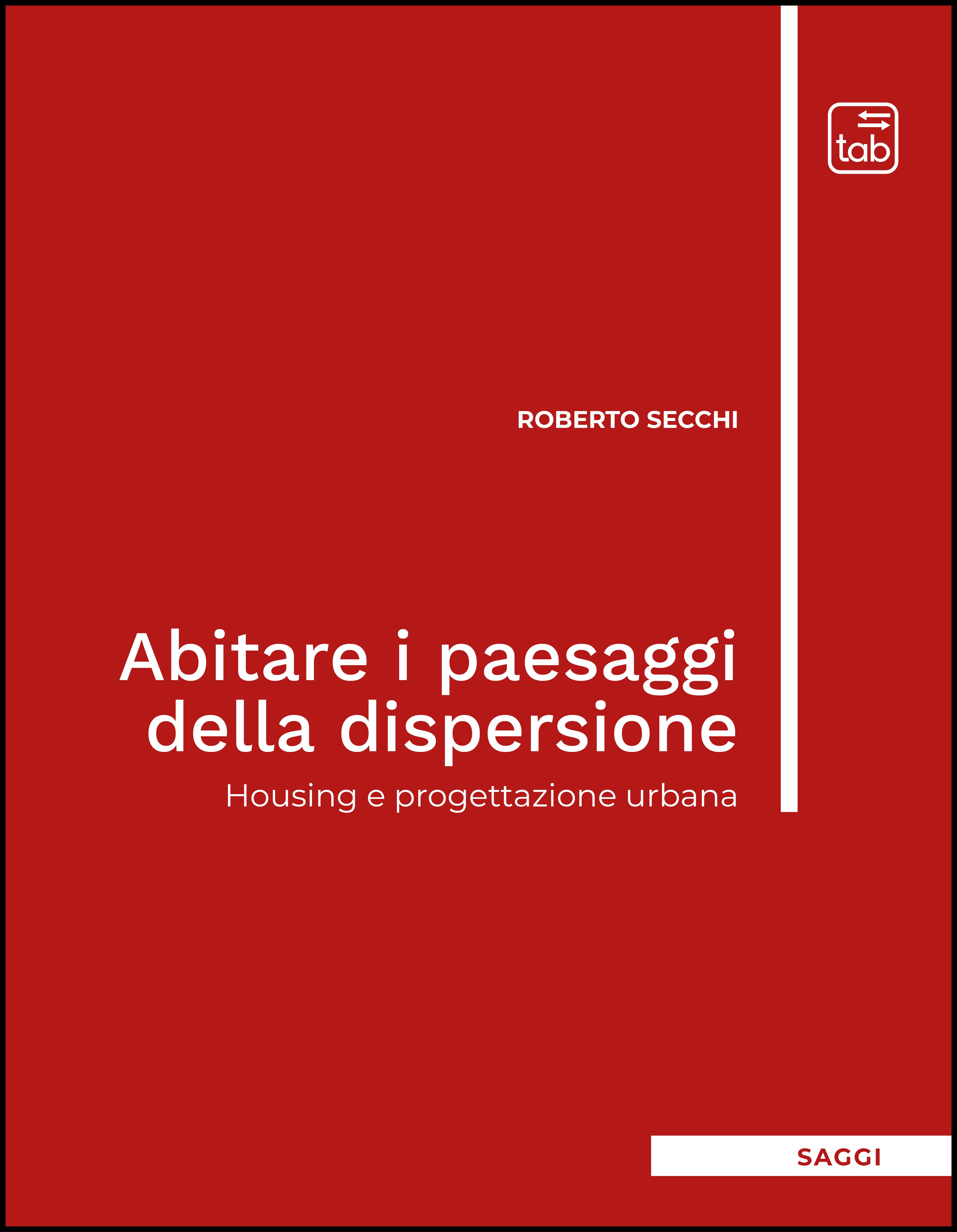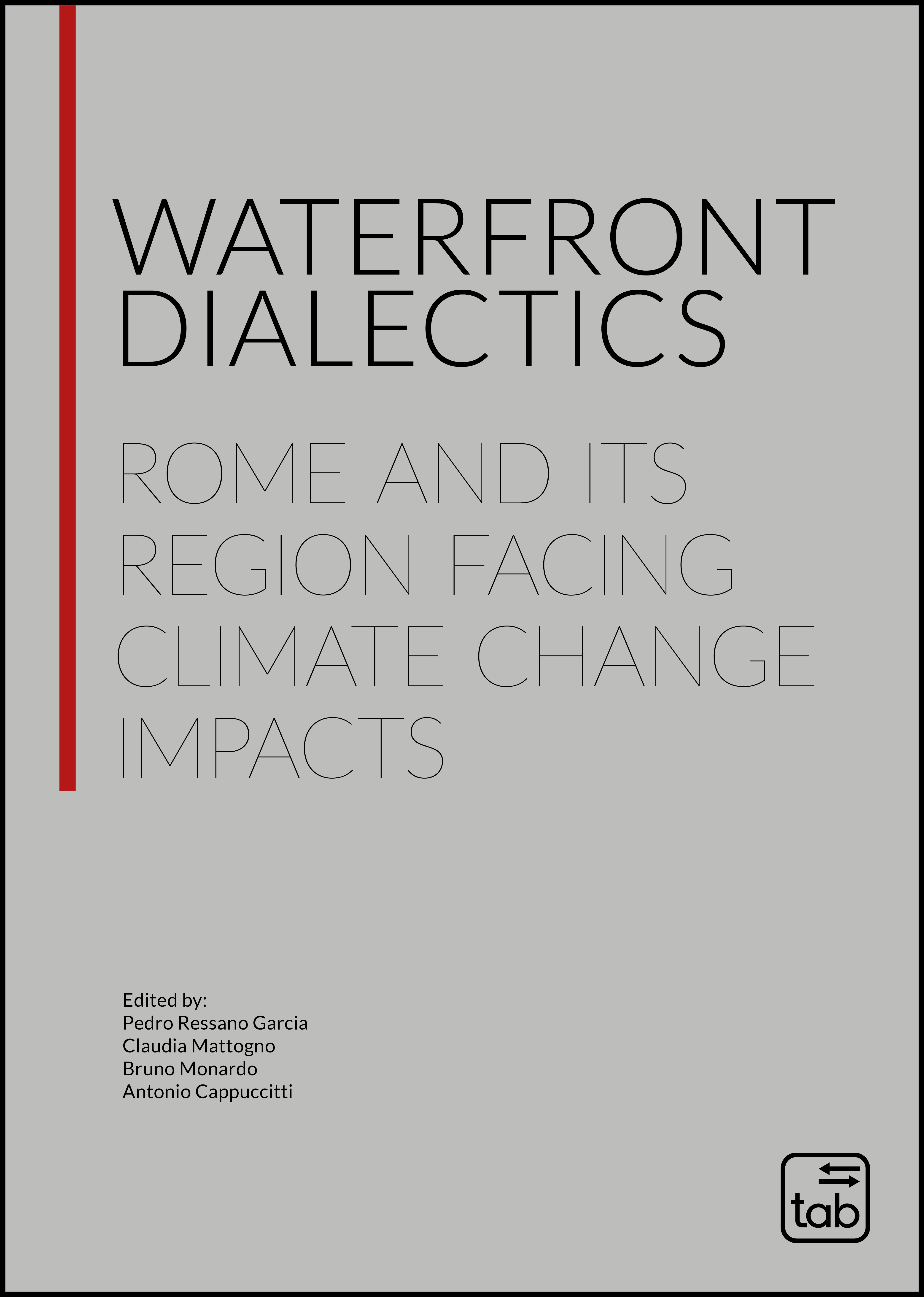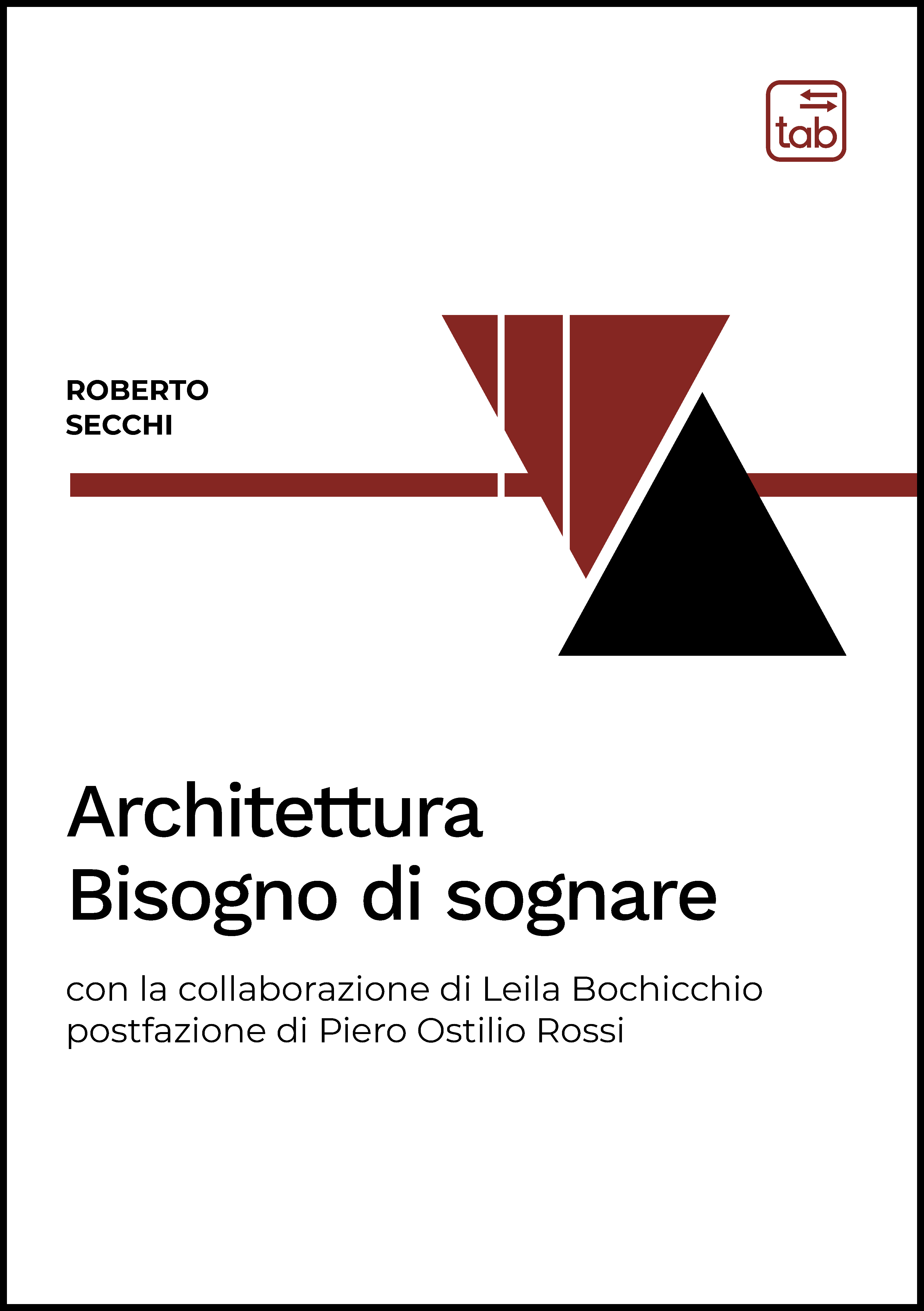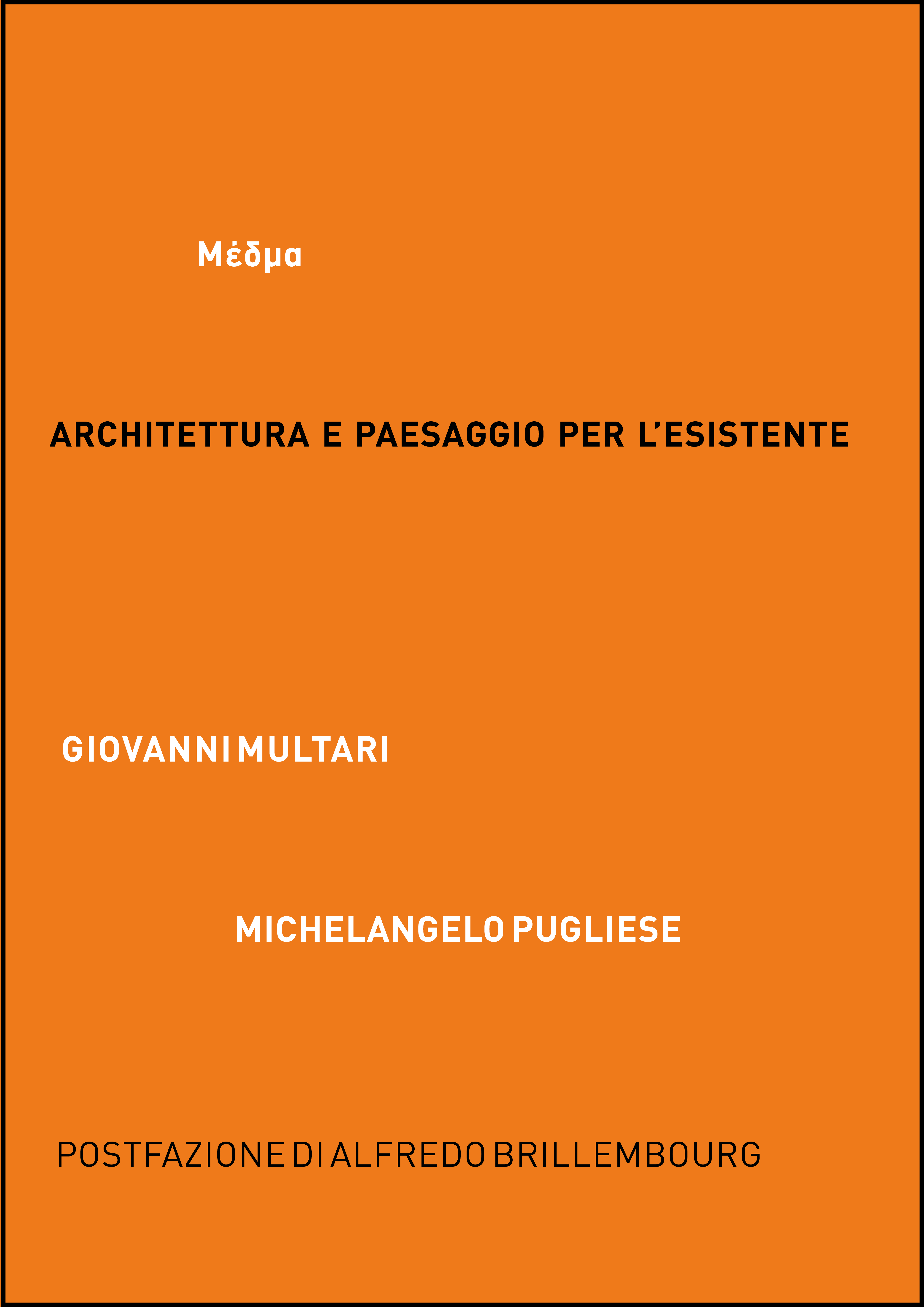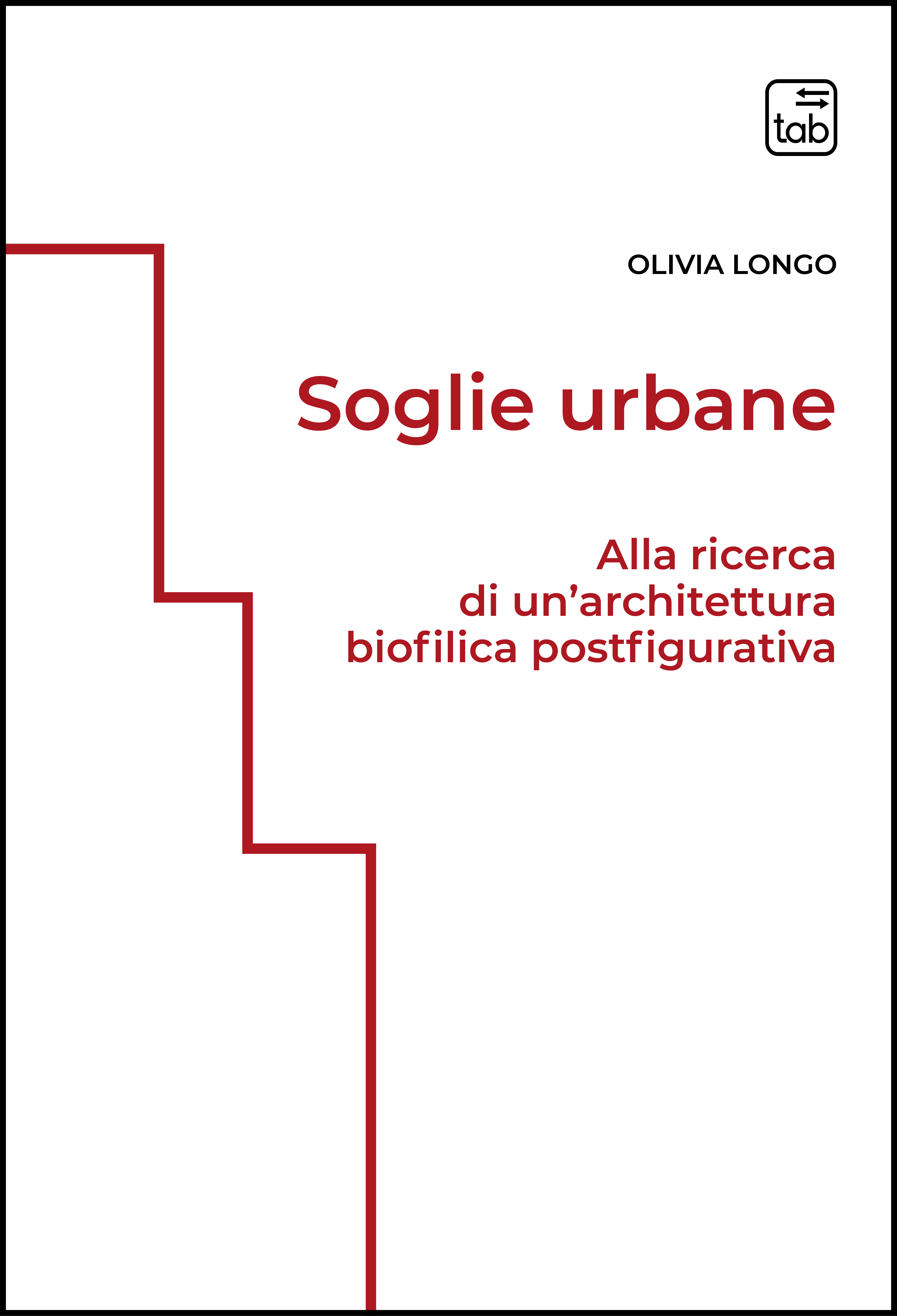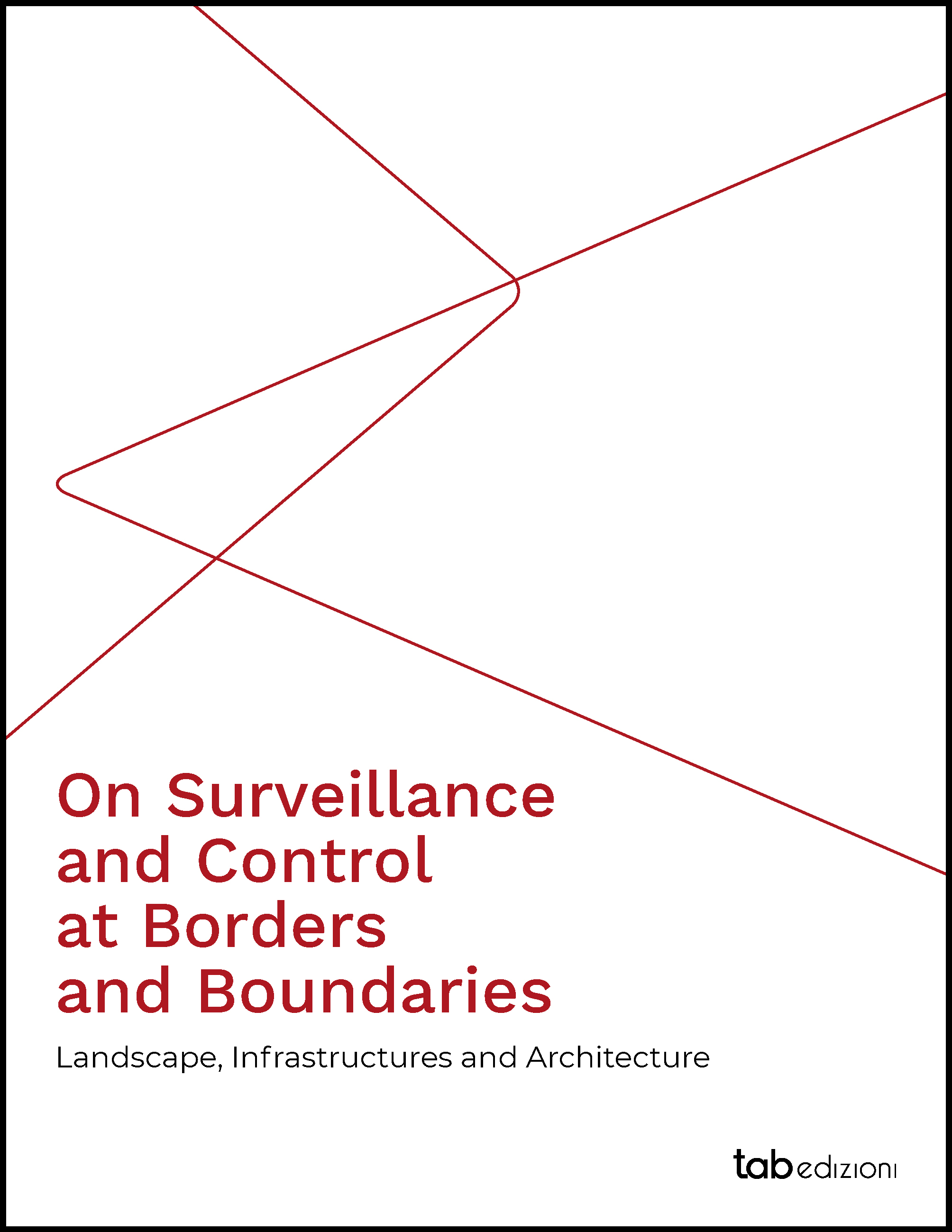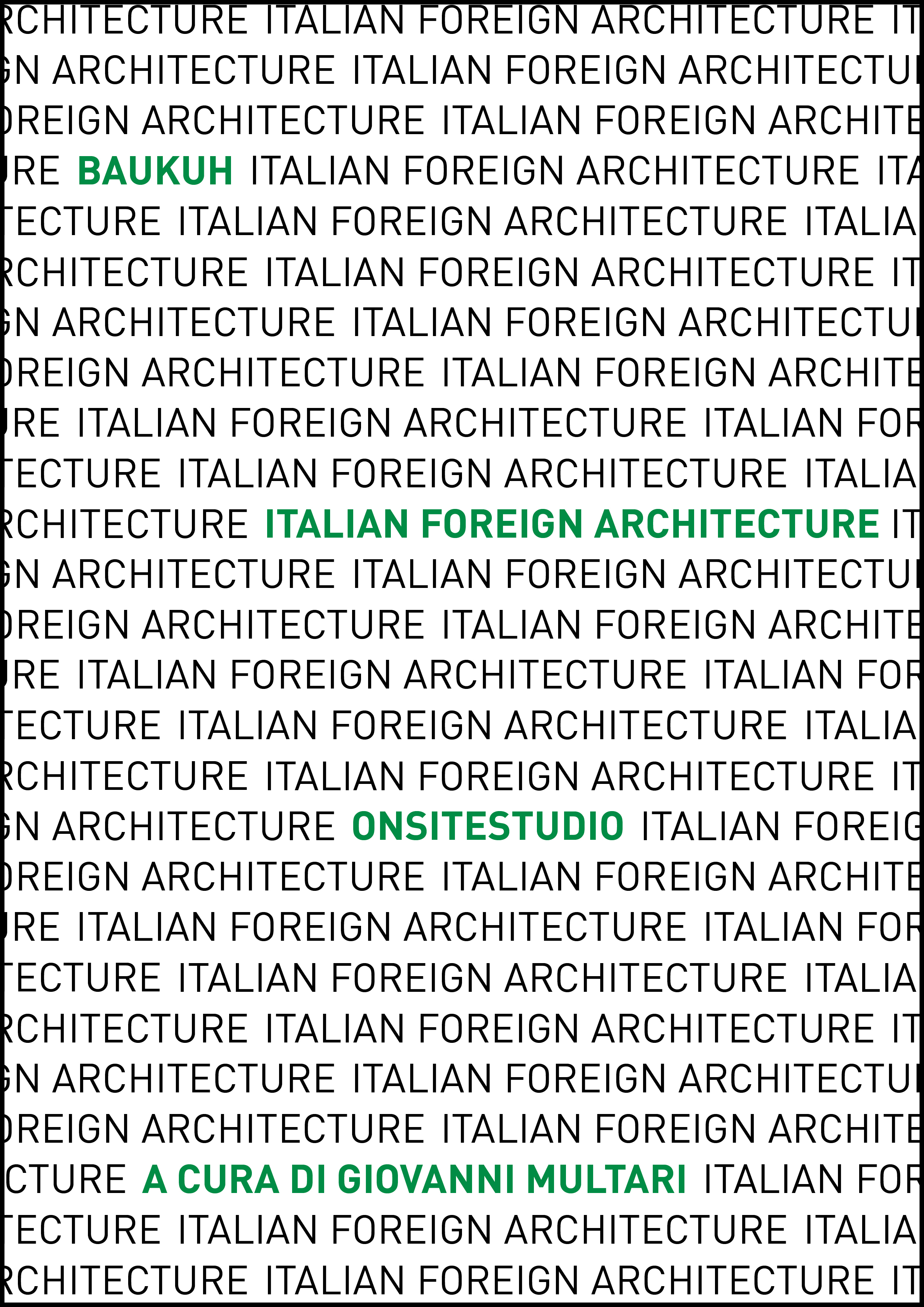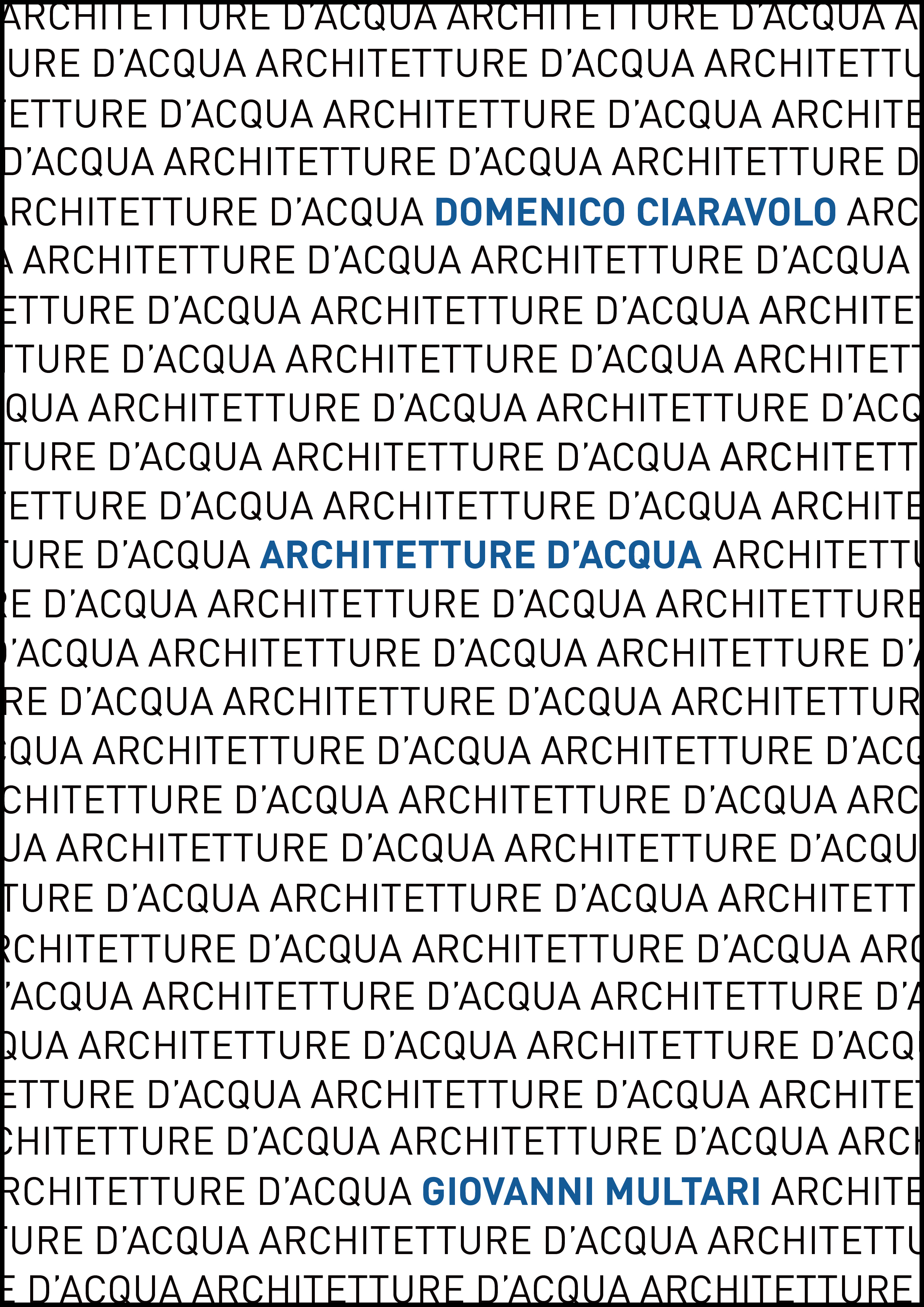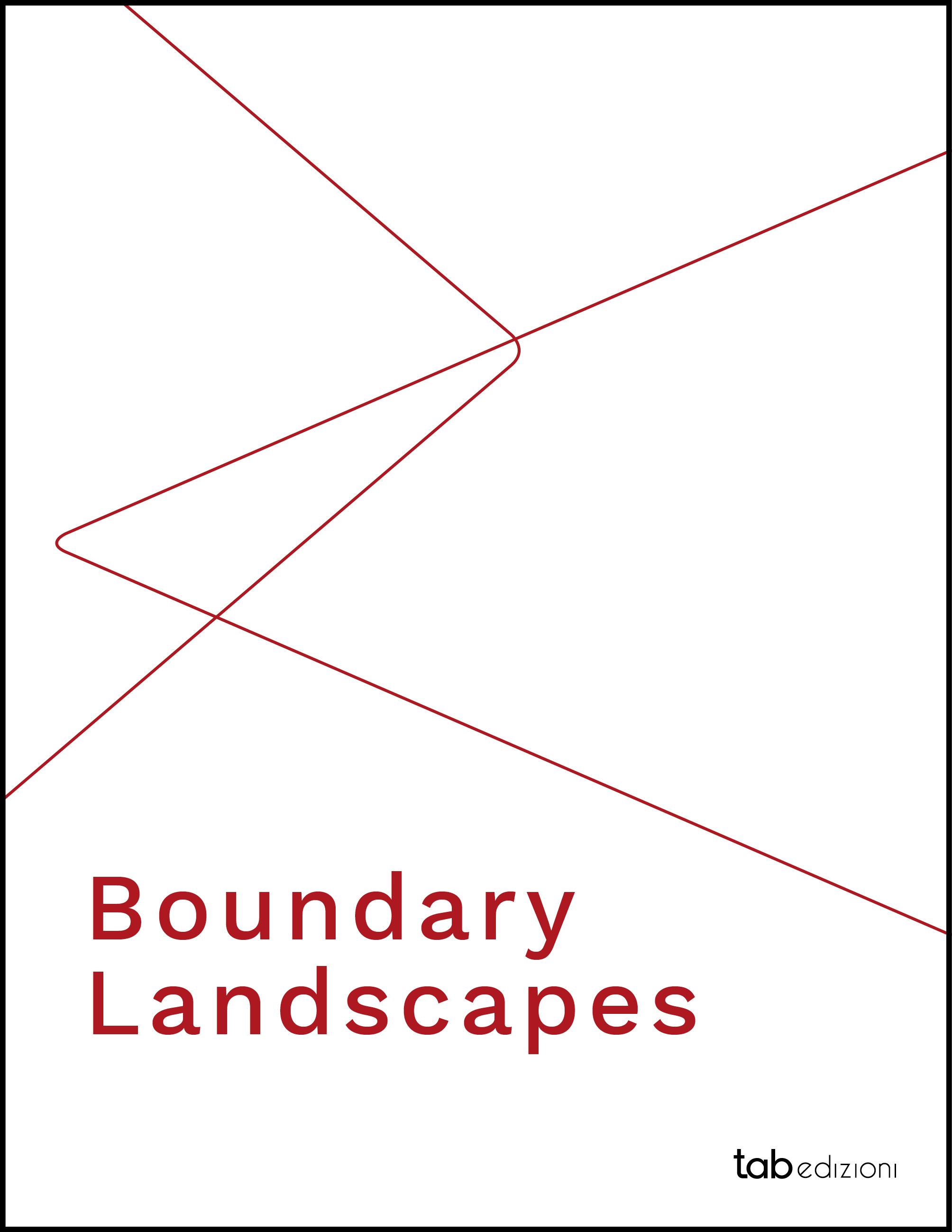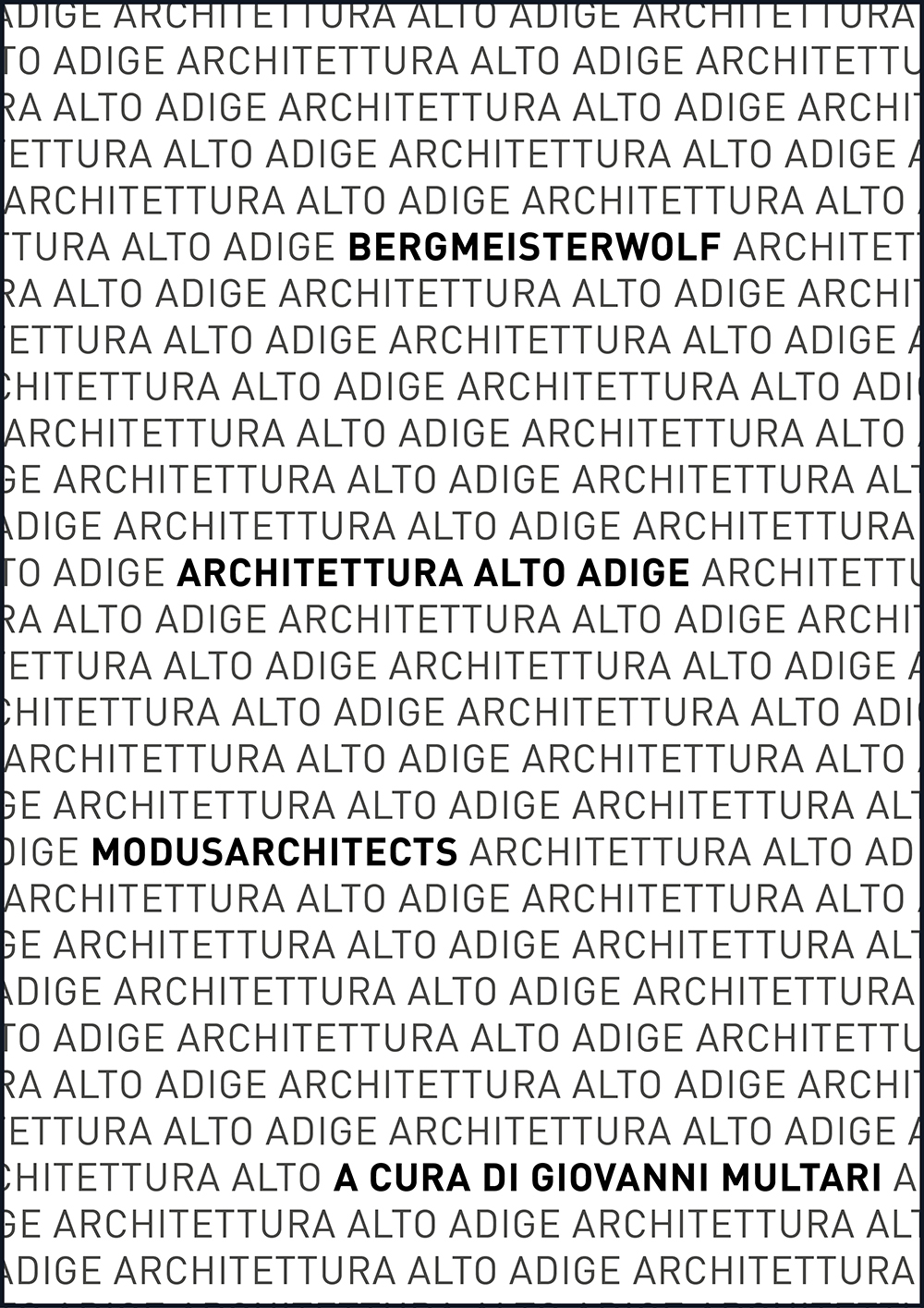The project of architecture appears here as a process in progressive evolution rather then a finite anticipationof a possible future. In result, such an attitude presumes a constant employment of architectural intelligence and adaptation of the proposal, not an imposition of architectural knowledge. Quantifiable Parameters have increasingly gained relevance amongst the parties involved in the process. The hypothesis of the book is that the consistency of the proposals and the narrations around them should be generated from a systemic considerations of all the parameters at hands. Spatial configurations, so elaborated from economic and legislative contingencies, will enable mutual benefits in relation to the fragile equilibria of consensus amongst the actors involved.
Four case studies showcase the assumptions: Baukunst & Bruther – Students’ Residency, Saclay, Paris; Baukuh – Residential Building in Xhezmy Delli, Tirana; Brandlhuber, Petzet, Emde Burlon – LoBe, Berlin; Éric Lapierre – Students’ Residency Chris Marker, Paris.
